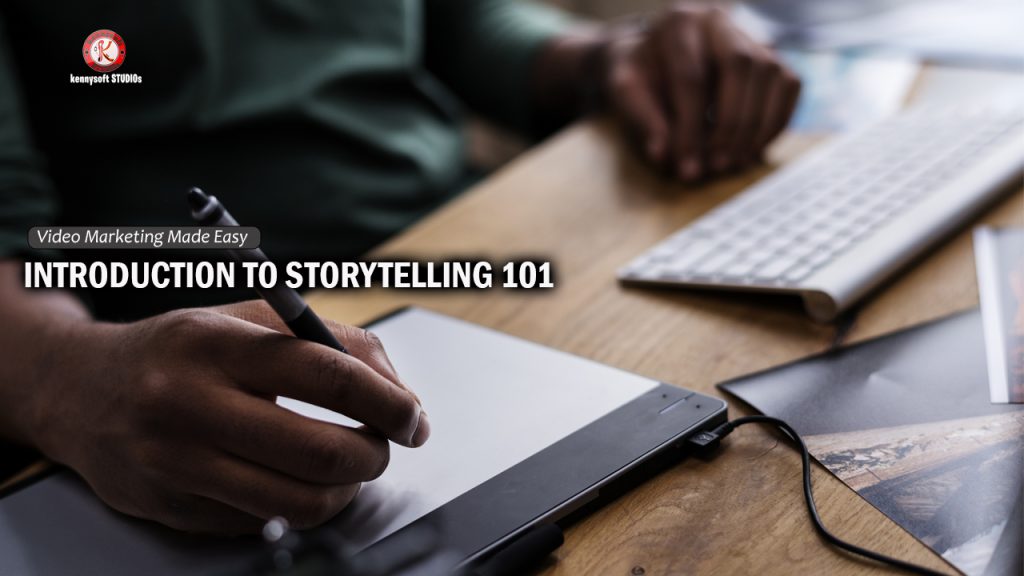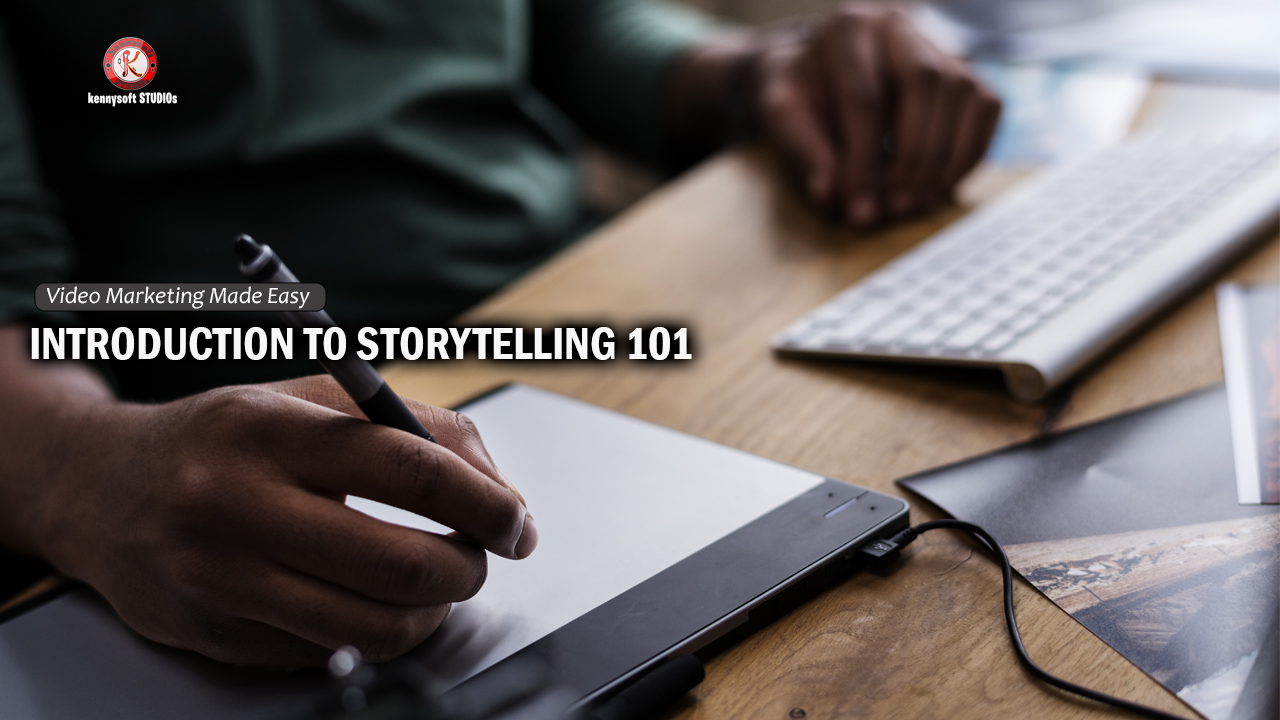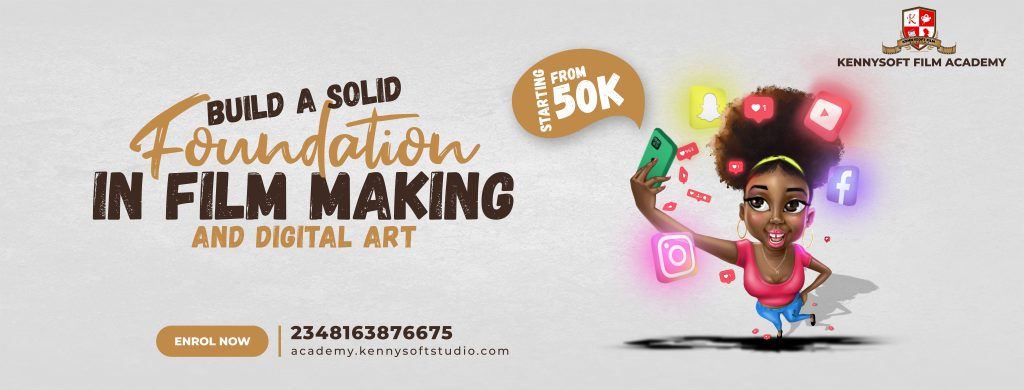
Today we will be looking at Introduction to Storytelling 101; Storytelling is an art form that has been around for as long as human civilization has existed. From ancient times to present day, stories have been used to captivate audiences, share lessons, and pass down cultural values.
Storytelling is an essential part of our lives, and learning how to tell stories effectively can be a powerful tool for communication and personal growth. In this article, we will explore the basics of storytelling, including how to craft stories for different purposes and how to engage audiences.
We will also discuss the importance of storytelling and how to use it to your advantage.
Introduction to Storytelling 101: What Is Storytelling?
Simply put it is the art of connecting with your audience, keeping them engaged, relating to their emotions and to their brains, and leaving a memorable impression. Budgets, celebrities, lights, lenses, all help with this, but they are nothing without a great story.
Storytelling is the act of telling stories. A storyteller is a person who tells stories in a creative and engaging way.
Storytellers often rely on techniques such as characterization, plot, setting, and theme to captivate their audience and create an emotional connection.
The goal of storytelling is to communicate a message or lesson to the listener. Storytelling is an effective way to teach lessons, share experiences, and inspire others. Storytelling can also be used to entertain, to persuade, or to drive home a point.
Types of Storytelling
There are many different types of storytelling, each with its own purpose and style.
Some of the most common types of storytelling include:
Folktales: Folktales are stories that have been passed down from generation to generation and are often used to teach lessons or impart wisdom.
Personal Stories: Personal stories are narratives told from the perspective of the storyteller. The storyteller can use the story to teach a lesson, share an experience, or just entertain the audience.
Mythology: Mythology is a type of storytelling used to explain the world and its natural phenomena. It is often used to explain why things are the way they are.
Fables: Fables are stories with a moral lesson. They usually involve animals or other creatures that act as characters in the story.
Fantasy: Fantasy stories are stories set in imaginary worlds or alternate realities. They often involve mythical creatures, magical powers, and other elements of the supernatural.
Tips on How to Craft a Story
- Use The Power Of Emotion
Engage readers with emotional content. Readers that feel emotionally invested in the characters or story won’t want to put the book down. After all, emotion often overrides reason in the human brain (compelling reasonable people to stay up all night reading).
- Make Memorable Characters
Character and event are inseparable, because a person is what happens to them. You might think of this as a distinction from films, where actors are cast into pre-existing roles. But a novel is a character interacting with events over time.
Your job as a writer is to learn about your character by observing how they interact with the world around them. Characters—like real people—have hobbies, pets, histories, ruminations, and obsessions. It’s essential to your novel that you understand these aspects of your character so that you are equipped to understand how they may react under the pressures of events they encounter.
- Create Characters That Resonate With Readers
It’s important for readers to feel connected to your characters. Think about what you can do to make them seem more real to the audience. Research facts, build backstories and create character profiles to ensure they are truly authentic.
- Give Your Plot a Twist
Any good story will include a few plot twists and red herrings. Read on to find out more.
Include at least two or three twists in your story. These helps keep readers engaged, especially in the middle of your book when your plot might otherwise start to drag. Carrying readers through the middle of a story is challenging, and there needs to be enough excitement to keep them reading to the end. A great twist will surprise the reader and turn their whole understanding of the story on its head. For more tips on story plot, check out this comprehensive guide to plot here.
Trick your readers by planting “false leads.” Also known as “red herrings,” these are details added to purposefully mislead people and prevent them from predicting an outcome. While adult mysteries are filled with carefully hidden clues, children’s horror novels should be packed with tricks to lead kids astray and thereby surprise them even more when something (like the true identity of a monster) is revealed. Read more about red herrings and false leads here.
A “cliffhanger” is a device that compels readers to find out what happens next in a story. Writing great cliffhangers is key to making your book a page-turner and it’s one of the easiest ways to make your writing more suspenseful. Some writers might feel it to be a “cheap trick” or an easy gimmick, but it’s a tried and true way to get people to read—and keep them reading. Read more about cliffhangers and how to write them in this guide.
Elevate Your Writing skills from So-So To Spectacular!
Great writing requires more than an original idea, compelling characters, or a scintillating plot. As a storyteller you need all of these to be successful, but writing–and writing well–also demands an entirely different skill set. “Spellbinding Sentences” arms you with the tools you need to master the power of the English language.
Want to Become a Better Writer?
Whether you’re writing as an artistic exercise or trying to get the attention of film production houses, learning how to craft a good mystery takes time and patience. Master of suspense enrolling with Kennysoft film academy you will be unveiled to step-by-step process for turning ideas into gripping narratives and methods for researching like a pro, crafting characters, and sustaining suspense all the way to a dramatic surprise ending.
Want to become a better writer? Kennysoft Film Academy provides exclusive lessons on plot, character development, creating suspense, and more, all taught by industry leaders at Kennysoft film academy






